- No products in the cart.
Dostinex 0.5mg Table 8 pcs
$67.01
Dostinex 0.5mg Table 8 pcs
Description
Composition
Active substance:
1 tablet contains: 0.5 mg of cabergoline ;.
Excipients:
Lactose 75.9 mg, 3.6 mg leucine.
Description:
White flat oblong tablets with the marking “F” and «U», separated by a notch on one side and “700” with short notches of the top and bottom – on the other hand.
Product form:
Tablets of 0.5 mg.
2 or 8 tablets in the dark glass vial of type I, indoor screw aluminum cap with plastic insert comprising DRYING agent and porous paper on the bottom. 1 bottle with instructions for use in a cardboard package.
Contraindications
Hypersensitivity to cabergoline or other ingredients, as well as any of ergot alkaloids. cardiac and respiratory function due to fibrotic changes or the presence of such conditions in history. during prolonged therapy: anatomical features of valvular heart disease (such as thickening of the valve leaflets, the narrowing of the lumen of the valve, the mixed pathology and narrowing of the valve stenosis), confirmed by echocardiography (echocardiography), conducted prior to initiating therapy. Use in children and adolescents under the age of 16 years (Safety and efficacy have not been established). lactose intolerance, lactase deficiency, glucose-galactose malabsorption.
Carefully
As with other ergot derivatives, Dostineks® be used with caution in the following conditions and / or diseases: hypertension, which developed against the background of pregnancy, such as preeclampsia or post-partum hypertension (Dostineks® appointed only in cases where the potential benefits of the drug much higher than the possible risk); severe cardiovascular disease, Raynaud’s syndrome; peptic ulcers, gastrointestinal bleeding; severe hepatic impairment (recommended use of lower doses); or severe psychotic cognitive impairment (including history); simultaneous application of drugs, have hypotensive action (due to the risk of orthostatic hypotension).
Dosage
0.5 mg
Indications
Prevention of physiological lactation after giving birth.
Suppression has established post-partum lactation.
The treatment of disorders associated with hyperprolactinemia, including amenorrhea, oligomenorrhea, anovulation, galactorrhea.
Prolactin secreting pituitary adenoma (micro- and macroprolactinoma); idiopathic hyperprolactinemia; syndrome of “empty” sella combined with hyperprolactinemia.
Interaction with other drugs
Information about the interaction of cabergoline and other ergot alkaloids is missing, so the simultaneous use of these drugs during long-term therapy with Dostineks® not recommended.
Since cabergoline has a therapeutic effect by direct stimulation of dopamine receptors, it can not be administered simultaneously with drugs that act as antagonists of dopamine (phenothiazines, butyrophenones, thioxanthenes, metoclopramide, etc.) Since they may weaken the effect of cabergoline, aimed at reducing the concentration of prolactin.
Like other ergot derivatives, cabergoline can not be used simultaneously with, macrolide antibiotics (e.g. erythromycin), as This may result in increased systemic bioavailability of cabergoline.
Overdose
Overdose symptoms (likely symptoms of overstimulation of dopamine receptors): nausea, vomiting, diarrhea disorders, orthostatic hypotension, confusion, psychosis, hallucinations.
In case of overdose should be carried out support activities aimed at the elimination of the drug nevsosavsheysya (gastric lavage) and, if necessary, to maintain blood pressure. Perhaps the appointment of dopamine antagonists.
pharmachologic effect
Pharmacological group:
Dopamine receptor agonist.
Pharmacodynamics:
Cabergoline is an ergoline derivative and dopaminergic characterized prolaktinsnizhayuschim pronounced and prolonged effect due to direct stimulation of dopamine D2-receptor lactotropic pituitary cells. Additionally, when higher doses compared with those for reduction of the concentration of prolactin in plasma, cabergoline has a central dopaminergic effect due to stimulation of D2-receptors.
Reducing the concentration of prolactin in plasma observed for 3 hours after ingestion preparatai persists for 7-28 days in healthy volunteers and patients with hyperprolactinemia, and up to 14-21 days y postpartum women.
Cabergoline has the strong selective effect, has no effect on basal secretion of other pituitary hormones and cortisol. Prolaktinsnizhayuschee action of cabergoline is dose-dependent both in terms of the severity and duration of action.
To the pharmacodynamic effects of cabergoline not related to a therapeutic effect refers only lowering blood pressure (BP). In single dose formulation the maximum hypotensive effect was observed during the first 6 hours and is dose dependent.
Pharmacokinetics:
Cabergoline is rapidly absorbed from the gastrointestinal tract, the maximum plasma concentration is reached after 0.5-4 hours, the connection with plasma proteins is 41-42%. The half-life of cabergoline estimated from the rate of excretion by the kidneys, is 63-68 hours in healthy volunteers and 79-115 hours in patients with hyperprolactinemia. Because of the long half-life state of equilibrium concentration is reached in 4 weeks. After 10 days after taking cabergoline in urine and feces are found respectively about 18% and 72% of the dose, and the proportion of unchanged cabergoline in urine is 2 – 3%. The main product of the metabolism of cabergoline identified in urine is a 6-allyl-8 beta-carboxy-ergoline in concentrations up to 4-6% of the dose. The content in urine 3 additional metabolites does not exceed 3% of the dose. It is found that the metabolic products have a much smaller effect in suppressing prolactin secretion compared with cabergoline.
Eating does not affect the absorption and distribution of cabergoline.
Pregnancy and breast-feeding
Since the controlled clinical studies using Dostineks® the drug in pregnant women has not been conducted, use of the drug during pregnancy is possible only in cases of extreme necessity, with uchetomsootnosheniya benefit / risk to the woman and the fetus.
If the pregnancy is in the background of treatment Dostineks® should consider the desirability of withdrawal of the drug, also taking into account the benefit / risk ratio.
According to reports, the use Dostineks® drug at a dose of 0.5-2 mg weekly povodunarusheny associated with hyperprolactinemia not soprovozhdalosuvelicheniem frequency miscarriages, premature labor, multiple pregnancy and congenital malformations.
Information about the excretion of the drug in breast milk is not, however, in the absence of the effect of applying Dostineks® preparation for the prevention or suppression of lactation mothers should avoid breastfeeding. In disorders associated with hyperprolactinemia, Dostineks® is contraindicated in patients who plan to breastfeed.
Conditions of supply of pharmacies
On prescription.
side effects
In clinical trials with the drug to prevent Dostineks® physiological lactation (1 mg dose) and for the suppression of lactation (0.25 mg every 12 hours over 2 days) side effects were observed in approximately 14% of women. In applying the drug Dostineks® for 6 months at a dose of 1-2 mg per week, divided into 2 doses for the treatment of disorders associated with hyperprolactinemia, the frequency of side effects was 68%. Side yavleniyavoznikali mainly for the first 2 weeks of treatment and in most cases, they disappeared with continued therapy or a few days after cancellation Dostineks® preparation. Adverse events were generally transient, according to severity – mild to moderate vyrazhenyi were dose-dependent. At least once during the treatment of serious adverse events were observed in 14% of patients; due to the side effects of treatment was discontinued in approximately 3% of patients.
The most frequent side effects are presented below:
Cardio-vascular system: palpitations; with prolonged use Dostineks® typically has a hypotensive action in some instances may take place orthostatic hypotension; may bessimptomnoesnizhenie BP during the first 3-4 days after birth (systolic – not less than 20 mm Hg diastolic -.. not less than 10 mm Hg..).
From the nervous system: dizziness / vertigo, headache, fatigue, drowsiness, depression, fatigue, paresthesia, syncope, nervousness, anxiety, insomnia, impaired concentration.
From the digestive system: nausea, vomiting, epigastric pain, abdominal pain, constipation, gastritis, dyspepsia, dryness of the oral mucosa, diarrhea, flatulence, toothache, feeling pharyngeal mucosa irritation.
Other: mammalgia, dysmenorrhea, epistaxis, rhinitis, “tides” of blood to the skin, transient hemianopsia, vasospasm of the fingers and lower limbs muscle cramps (like other ergot derivatives, Dostineks® may have vasoconstrictor effect), blurred vision, flu-like symptoms , malaise, periorbital and peripheral edema, anorexia, acne, itching, pain in the joints.
During prolonged therapy with the drug Dostineks® abnormality standard laboratory parameters mentioned rare; in women with amenorrhea there was a decrease in hemoglobin levels during the first few months after the restoration of menstruation.
The post-marketing study account also the following side effects associated with taking cabergoline: alopecia, increased creatinine phosphokinase activity in blood, mania, dyspnea, edema, fibrosis of the liver and deviations in liver function, hypersensitivity reactions, rashes, respiratory disorder, respiratory failure , valvulopatiya, pathological addiction to gambling, hypersexuality, increased libido, aggression, psychotic disorders, pericarditis, seizures sudden sleeping, decreased or increased body mass index, nasal congestion.
special instructions
Before naznacheniempreparata Dostineks® for the treatment of disorders associated with hyperprolactinemia, neobhodimoprovesti complete study of the pituitary gland.
In addition, it should assess the state of the cardiovascular system, including echocardiography to detect violations of the valve device functions are asymptomatic.
As with other ergot derivatives, after prolonged use of cabergoline were observed in patients pleural effusion / valvulopatiya and pleural fibrosis. In some cases, patients received prior therapy ergotoninovymi dopamine agonists. Therefore Dostineks® should not be used in patients with current symptoms and / or clinical symptoms of cardiac or respiratory function associated with fibrotic changes or with conditions in history. Should stop taking the drug in the case of detecting signs of deterioration or emergence of regurgitation of blood, valves lumen narrowing or thickening of valve leaflets (see. The section “Contra ‘).
It was found that the erythrocyte sedimentation rate is increased during the development of fibrosis or pleural effusions. In the event of an unexplained increase in erythrocyte sedimentation rate, it is recommended to perform X-ray of the chest. The diagnosis can also help to study the concentration of creatinine in the blood plasma, assessment of renal function. After discontinuation Dostineks® in patients with pleural effusion / fibrosis or pleural valvulopatii noted improvement in symptoms.
It is not known whether cabergoline worsen the condition of patients with symptoms of regurgitation of blood. Cabergoline should not be used in the identification of fibrotic lesions of valvular heart disease (see. Section “Contraindications”).
Fibrotic disorders may develop symptoms. Therefore, you should regularly monitor the status of patients receiving long-term therapy with cabergoline and pay particular attention to the following symptoms:
– pleuro-pulmonary disorders: such as wheezing, shortness of breath, persistent cough or chest pain;
– renal failure or obstruction of blood vessels or the ureter of the abdominal cavity, which can be accompanied by pain in the side or in the lumbar region, and edema of the lower limbs, any swelling or tenderness to the touch in the abdomen, which may indicate the development of a retroperitoneal fibrosis;
– pericardial fibrosis and fibrosis of the valves of the heart valves often manifest heart failure. In this connection should be deleted fibrosis, valvular leaflets (and constrictive pericarditis) with symptoms of heart failure.
Should regularly monitor the patient’s condition for the development of fibrotic disorders. First time echocardiography should be done within 3-6 months after initiation of therapy. Then, this study should be carried out depending on the clinical evaluation of the patient, with particular attention to the symptoms described above, at least every 6-12 months of therapy.
The need for other methods of monitoring (eg physical examination including cardiac auscultation, X-ray, CT scan) is evaluated individually for each patient.
When increasing the dose, patients should be under the supervision of a physician to determine the lowest effective dose which provides a therapeutic effect.
After will be picked effective dosing regimen, it is recommended to carry out regular (1 time per month) to determine the concentration of serum prolactin. Normalization of prolactin concentration is usually observed within 2-4 weeks of treatment.
After the abolition of the drug Dostineks® usually relapse hyperprolactinemia, but some patients noted a persistent suppression of prolactin concentrations in a few months. In most women, ovulatory cycles persist for at least 6 months after discontinuation of the drug Dostineks®.
Dostineks® restores ovulation and fertility in women with hyperprolactinemic hypogonadism. Because pregnancy can occur before the restoration of menstruation, it is recommended to conduct pregnancy tests at least once every 4 weeks for a period of amenorrhea, and after the restoration of menstruation – every time a missed period is marked by more than 3 days. Women who want to avoid pregnancy, you should use a barrier method of contraception during treatment with Dostineks® and after discontinuation of the drug to the recurrence of anovulation. Women who become pregnant should be under the supervision of a physician for early detection of the symptoms of the pituitary gland to increase, as during pregnancy may increase the size of pre-existing pituitary tumors.
Dostineks® be administered in lower doses to patients with severe liver failure (class C Child-Pugh classification), which is a long-term therapy drug. When a single application to such patients a dose of 1 mg was an increase in AUC (area under the curve “concentration-time”) compared with healthy volunteers and patients with less severe hepatic insufficiency.
The use of cabergoline causes drowsiness. In patients with Parkinson’s disease the use of dopamine receptor agonists may cause a sudden fall asleep. In such cases, it is recommended to reduce the dose or discontinue the drug Dostineks® therapy.
Studies on the drug in elderly patients with disorders associated with hyperprolactinemia, was conducted. Safety and efficacy in children under 16 years of age has not been established.
Effects on ability to drive vehicles and mechanisms
Patients taking the drug Dostineks®, should refrain from driving vehicles and mechanisms, and other potentially hazardous activities that require concentration and speed of psychomotor reactions.
Storage conditions
At temperatures above 25 ° C. Keep out of the reach of children.
Dosing and Administration
Inside, during a meal time.
lactation Prevention: 1 mg dose (2 tablets of 0.5 mg), the first day after birth.
Suppression established lactation: 0.25 mg (1/2 tablet) twice a day every 12 hours in two days (total dose is 1 mg). To reduce the risk of orthostatic hypotension in breastfeeding mothers Dostineks® single dose of drug should not exceed 0.25 mg.
Treatment of disorders associated with hyperprolactinemia: The recommended initial dose of 0.5 mg per week in a single step (1 tablet 0.5 mg) or in two stages (1/2 of tablets 0.5 mg, e.g., Monday and Thursday) . Increasing weekly dose should take place gradually – 0.5 mg monthly intervalomdo achieve optimum therapeutic effect. The therapeutic dose is typically 1 mg per week, but can range from 0.25 to 2 mg per week. The maximum dose for patients with hyperprolactinemia should not exceed 4.5 mg per week.
Depending on the tolerability, a weekly dose may be administered once or divided into 2 or more receptions in a week. Separation weekly dose to several doses recommended when administering the drug in a dose of 1 mg per week.
In patients with increased sensitivity to dopaminergic drugs likelihood of side effects can be reduced by starting Dostineks® drug therapy at a lower dose (e.g., 0.25 mg once a week), followed by a gradual increase to achieve its therapeutic dose. To improve tolerability in the event of pronounced side effects may be a temporary dose reduction, followed by a more gradual increase in its (e.g., increased by 0.25 mg per week, every two weeks).
Information
Appearance may differ from that depicted in the picture. There are contraindications. You need to read the manual or consult with a specialist
Additional information
| Weight | 0.100 kg |
|---|---|
| Manufacturer | Pfizer |

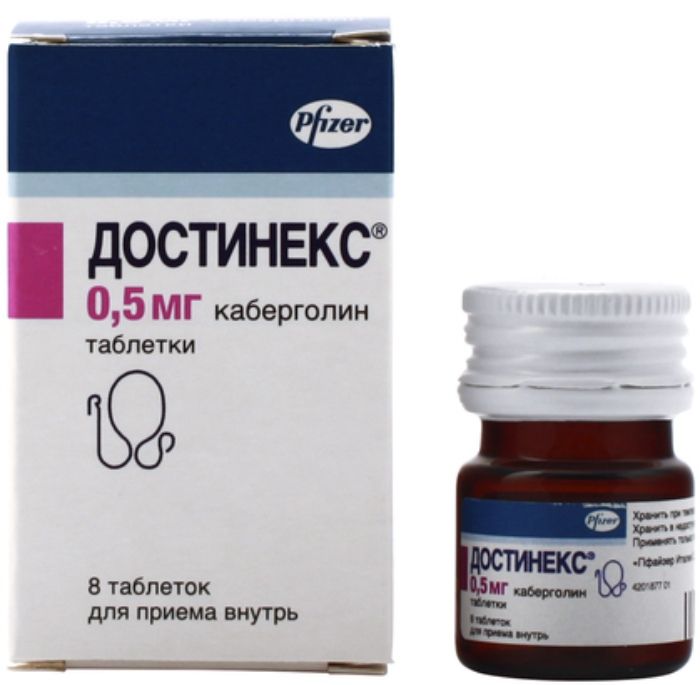
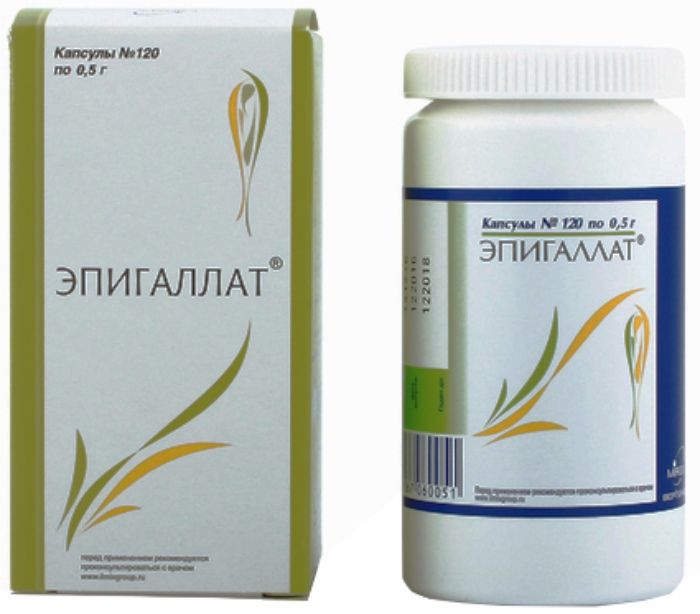
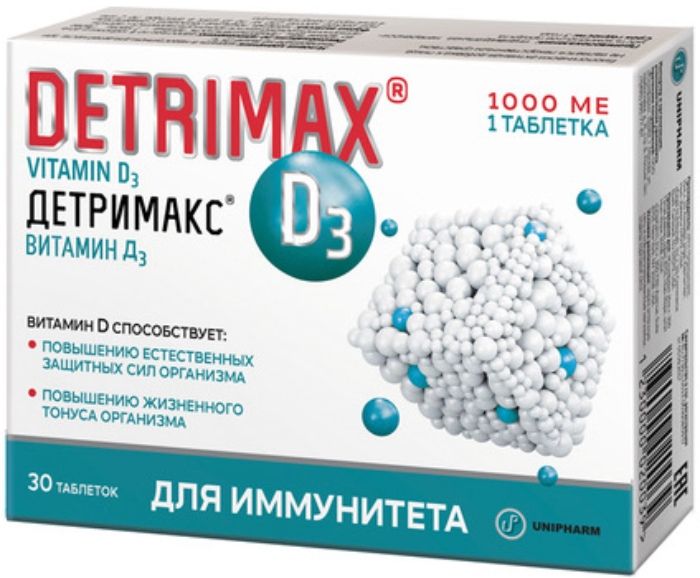
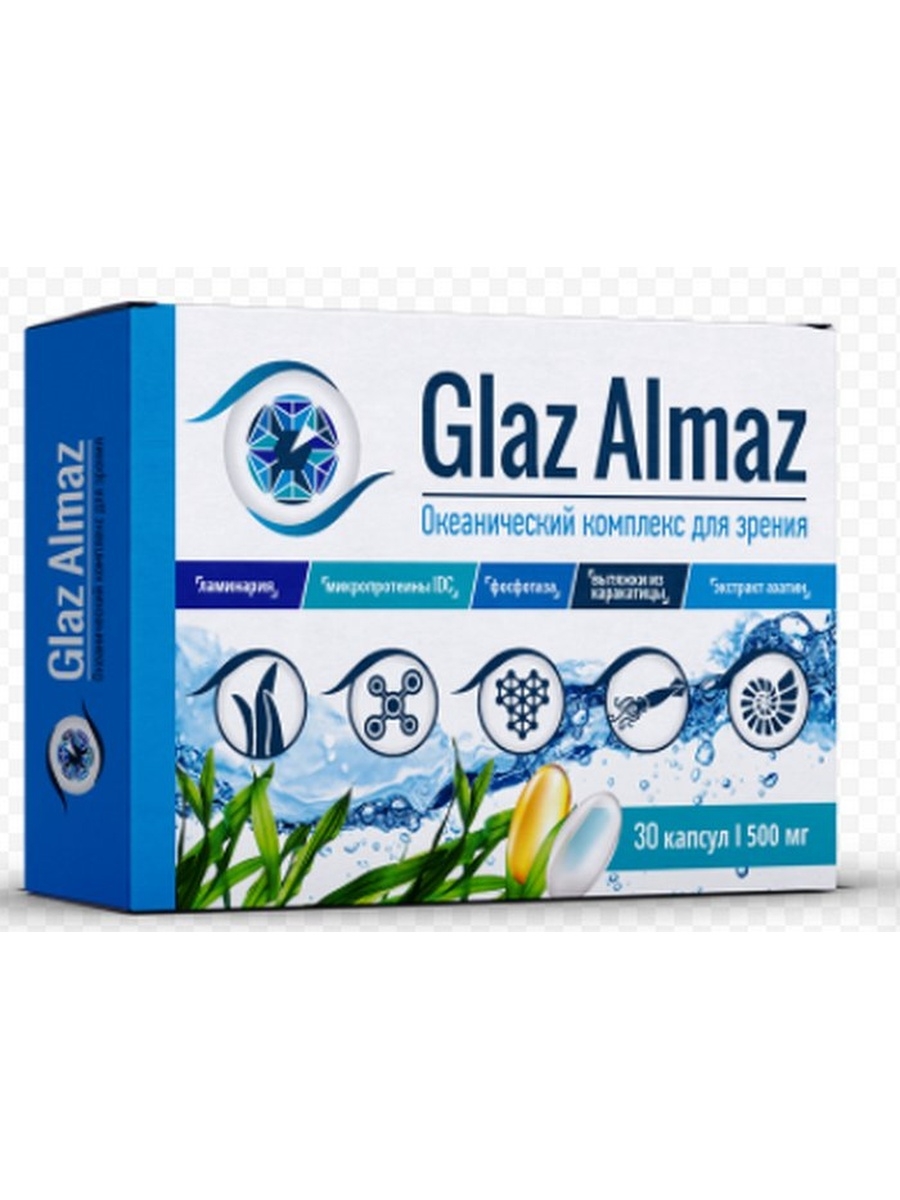




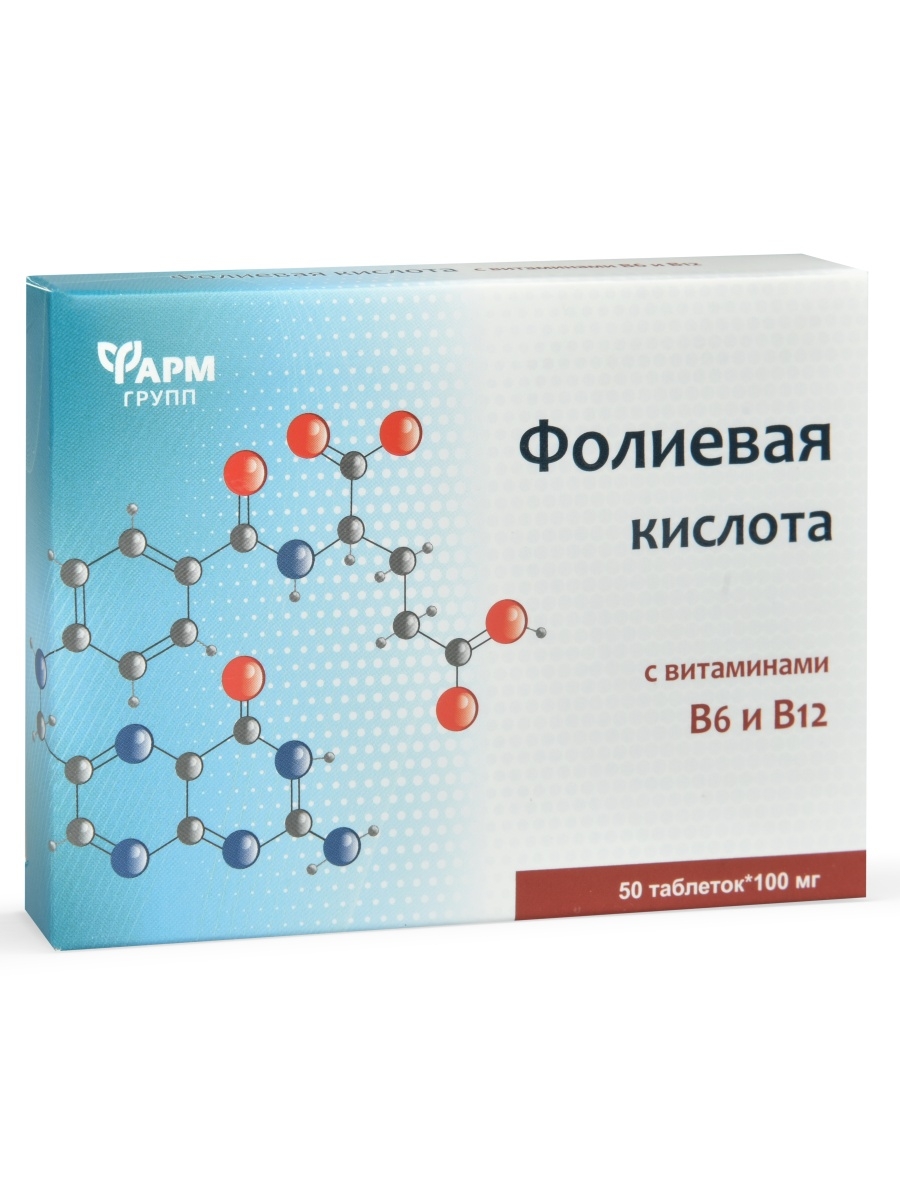



There are no reviews yet.